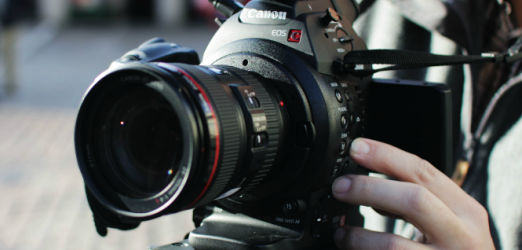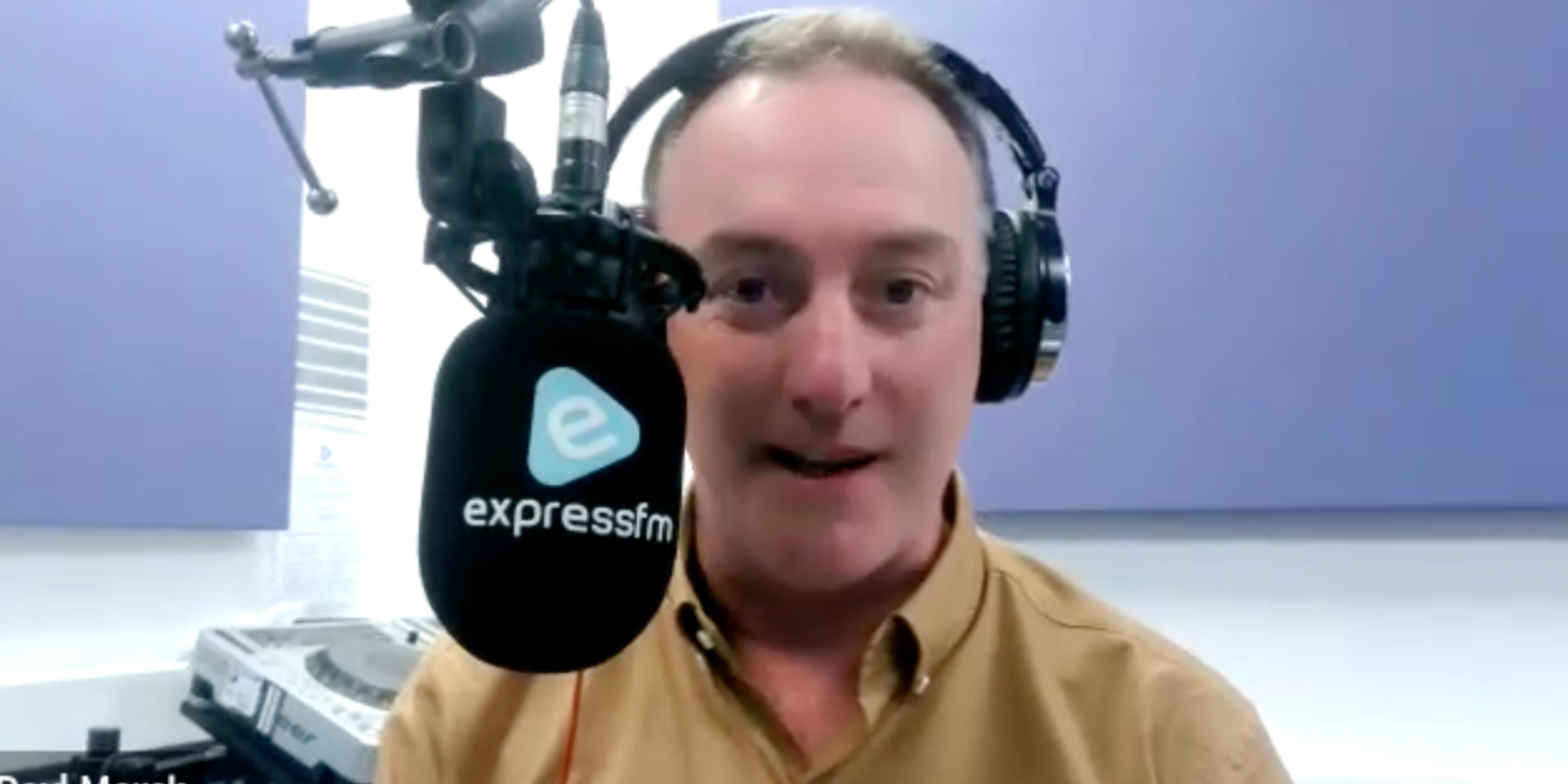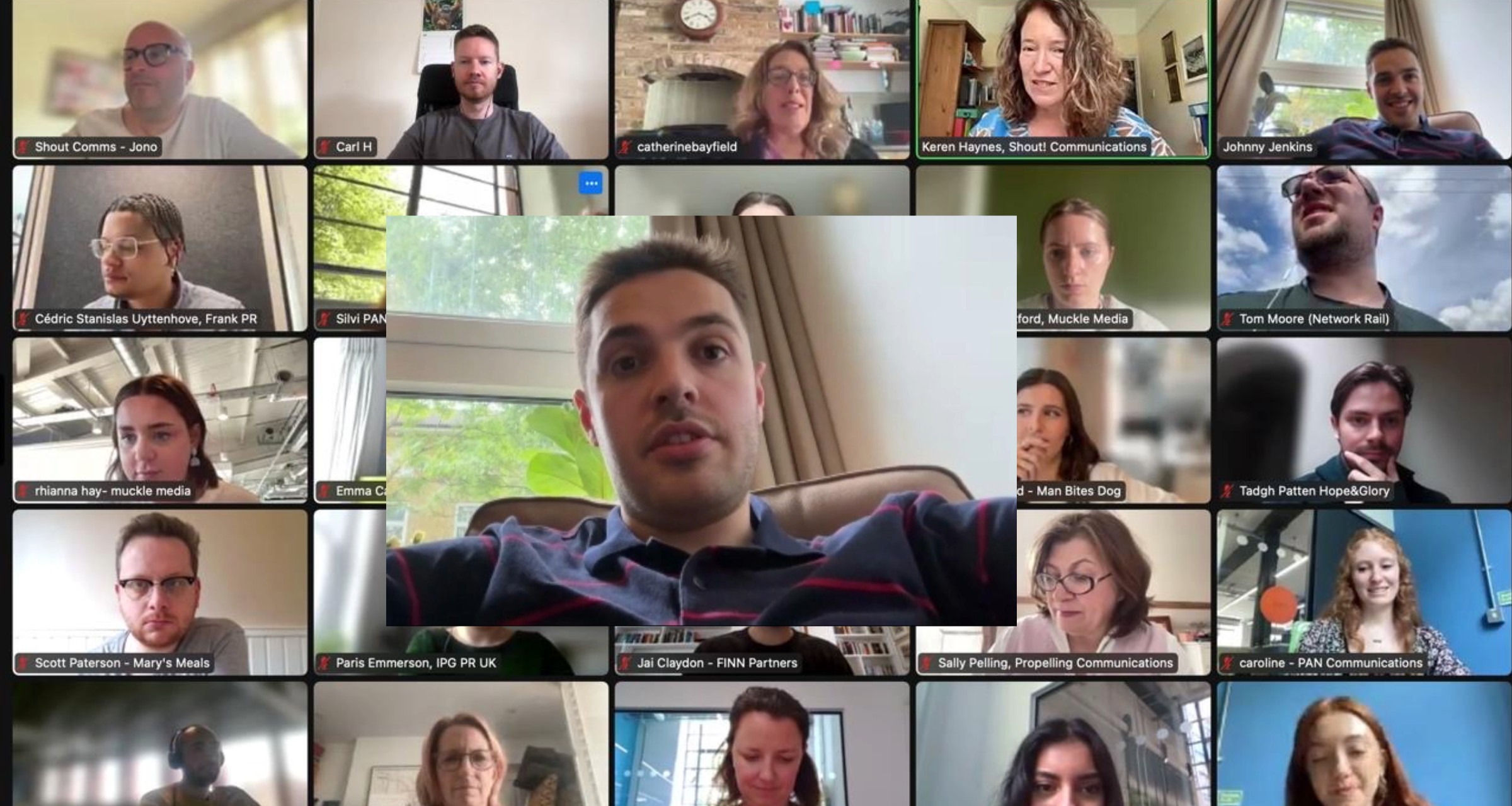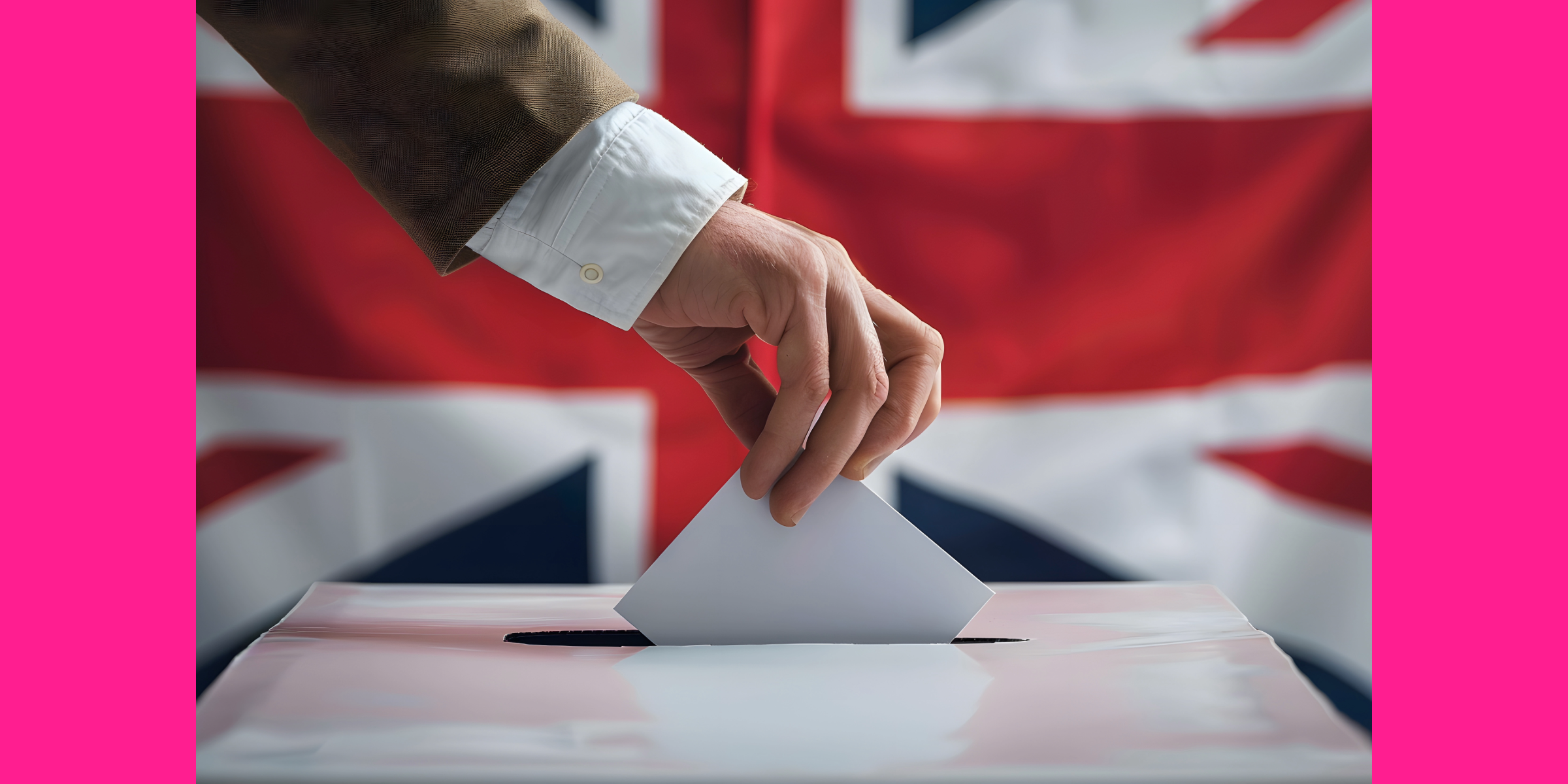By Catherine Bayfield
If your client wants coverage on TV and online then video is your new best friend. Produced in an appropriate style, and with the required ingredients, it can be hugely effective in securing those much in demand opportunities.
Let’s look at TV first. TV newsrooms are resource and time poor these days. Gone are the days when camera crews and reporters whiled away their time waiting for a story. Crew numbers and crew sizes have been slashed back dramatically meaning programme editors have to think carefully as to which stories they will cover. Enter the PR story. In my experience, PR generated stories are rarely top of the bulletin items; they’re more likely to flounder round the floppy middle or end of a news programme. That means a news editor is less likely to send a crew to cover your story.
What you need is B-roll. B-roll is around 8 minutes of roughly edited video footage, produced by companies like Shout! Communications, on behalf of a client to illustrate their story. The B-roll is distributed to broadcasters free of charge and any copyright issues in the hope it will encourage them to cover the story. Given a choice between two stories, if one comes with pictures and the other doesn’t, you’re going to go for the former. TV is of course a highly visual medium, so without pictures the options are limited- you could have a location or studio live interview, but that’s not nearly as interesting as moving pictures.
But what if you produce a B-roll that doesn’t get used, I hear you cry. We have 2 golden rules for producing B-roll and every client who has followed them in the 15 years we’ve worked in this business have seen their footage used at least once on UK television. Rule number 1: B-roll is only ever going to be used on the news- documentary programmes wouldn’t touch it – so it needs to be shot in a news style, so it can be edited in seamlessly with footage broadcasters have shot themselves. That means quite simple shots and few pans (where the camera moves from left to right or right to left) or zooms. You should avoid making it look too glossy – it’s news, not an advert. Rule number 2: Feature pictures that broadcasters can’t easily film for themselves. These days that’s quite an easy thing to do and might include footage shot beyond the M25, or out of office hours, or that takes a long time to do….the reasons are endless. You put your best pictures at the top and interview clips at the end.
To be honest, watching a B-roll is like watching paint dry – it is after all unfinished footage – but if you’d like to see one click here: Britannia arrival
Once you have your B-roll, why not think about re-editing it into a video package suitable to be placed editorially online. This is a cost effective way of maximising the value of the footage you’ve shot for B-roll. Using the same rushes and interview clips, the footage is re-purposed into a finished package, around 1.30 in duration. What works best is if the finished video is picture rich. You might start with a montage using the best of the footage at the top, followed by a series of back to back interview clips which effectively tell “the story.” Websites quite often like a music underlay and you should keep any captions neutral – no one will take your footage if it’s too branded.
Here are a couple of our favourite videos we’ve produced recently – check out here: Shout! Communications Vimeo
Why does this all matter to a PR campaign? It’s the numbers. Get your footage on national television and you are getting your brand seen by millions. The same can be true for online, especially newspaper websites such as the MailOnline who attract around 200 million users a month.



